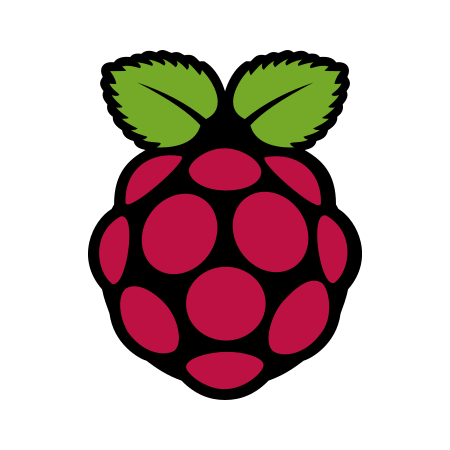My homelab is a 2 node Kubernetes cluster (k3s, raspberry pis), going to scale it up to 4 nodes some day when I want a weekend project.
Built it to learn Kubernetes while studying for CKA/CKD certification for work where I design, implement and maintain service architectures running in Kubernetes/Openshift environments every day. It’s relatively easy for me to manage Kubernetes for my home lab, but It’s a bit heavy and has a steep learning curve if you are new to it which (understandably) puts people off it I think. Especially for homelab/selfhosting use cases. It’s a very valuable (literally $$$) skill if you are in that enterprise space though.







Knowing what and when to abstract can be hard to define precisely. Over abstraction has a cost. So does under abstraction. I have seen, writen and refactored terrible examples of both. Anecdotally, flattening an over abstracted hierarchy feels like less work and usually has better test coverage to validate correctness after refactoring than abstracting under abstracted code (spaghetti code, linear code, brand it how you will). Be aware of both extremes and try to find the balance.